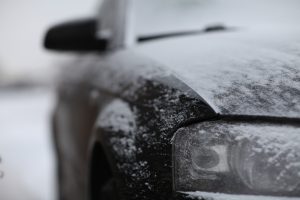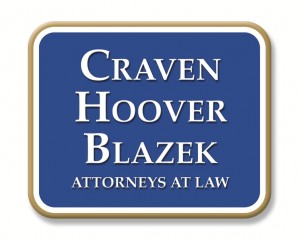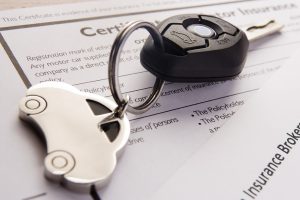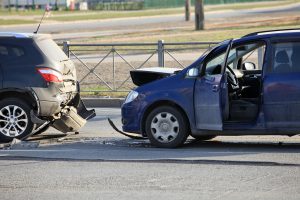
Car Accident Attorneys 317-881-2700
Safe Winter Driving
In addition to learning how to operate a vehicle safely in winter weather, it is important to also be familiar with safety rules for winter roadside emergencies. Many motor vehicle and pedestrian accidents occur when cars are pulled over on the side of the road for emergency repairs or breakdowns. In harsh weather, it can be difficult seeing people or cars on the side of the road until it’s too late. Roadside emergencies are all too common, so knowing how to handle these situations safely and responsibly can mean the difference between life and death. Here are important and effective tips for safe winter driving that can prevent accidents and injuries to drivers and pedestrians alike:
1. Always Wear Your Seat Belt
2. Allow Vehicles to Warm Up in an Open Area for At Least 10 Minutes
3. Reduce Speed in Adverse Weather (i.e. rain, snow, ice, winds, fog, etc.)
4. Remove All Ice and Snow From Windows and Windshields
5. Accelerate and Decelerate Slowly
6. Look and Steer in the Direction You Intend to Go
7. Use Lower Gears in Heavy Snow Fall
8. Keep 3 Times the Space Behind Other Vehicles
9. Apply Brakes Earlier and Gently to Prevent Loss of Traction
10. Use Parking Brake on Inclines
11. Never Stop Mid-Hill or Incline
12. Be Sure the Muffler is Not Clogged with Ice or Snow
13. Turn On Headlights for Daytime Driving
14. Remember that Bridges Freeze Quicker than Roadways
15. Never Drive When Fatigued
16. Be Sure Vehicle Has Ample Fuel to Avoid Frozen Gas Lines
17. Be Sure Vehicle Has All Necessary Fluids
18. Be Sure Tires are Fully Inflated
19. Do Not Use Cruise Control
20. Keep a Mobile Phone and Charger in Vehicle
21. Keep an Emergency Auto Kit in Car
22. Always Check Weather Reports Before Long-Distance Trips
23. Never Attempt to Walk in Severe Snow Storms or Weather
24. Always Remain in Vehicle Until Roadside Rescue Technicians Arrive
25. Do Not Over-Exert Yourself Attempting to Dig or Push Out of Snow
26. Turn Flashers On if Stuck or Pulled Over
27. Tie Something Brightly Colored to the Antenna to Signal Distress if Stuck in Snow
28. Contact a Roadside Assistance Service if Stuck in Snow
29. Just Stay Home If Possible!
Roadside and roadway accidents are bound to happen in poor winter weather conditions. If you or a loved one is injured by a negligent driver this winter, contact a personal injury lawyer to learn your rights. You may be legally entitled to compensation for your damages and losses.
Craven, Hoover, and Blazek P.C.

Personal Injury Attorneys Indianapolis 317-881-2700



